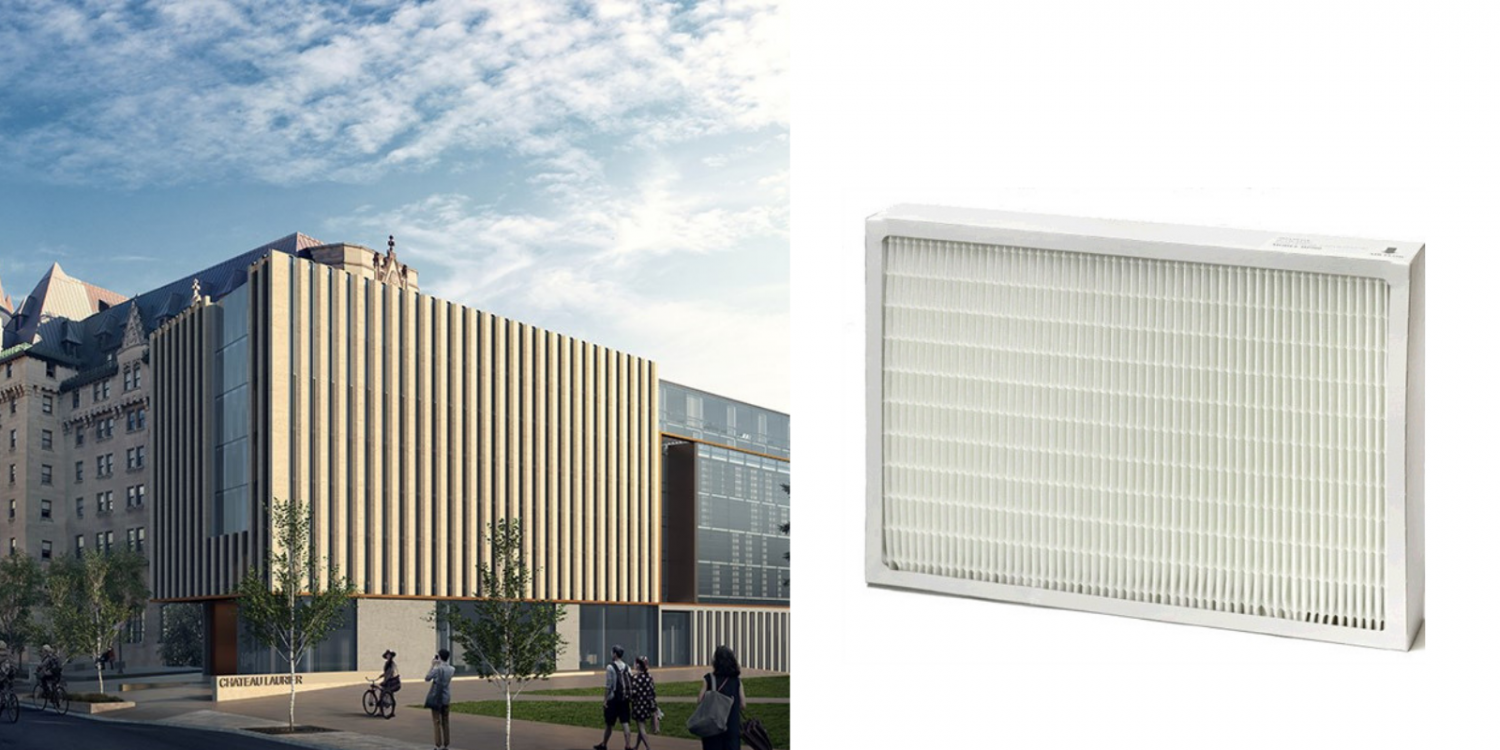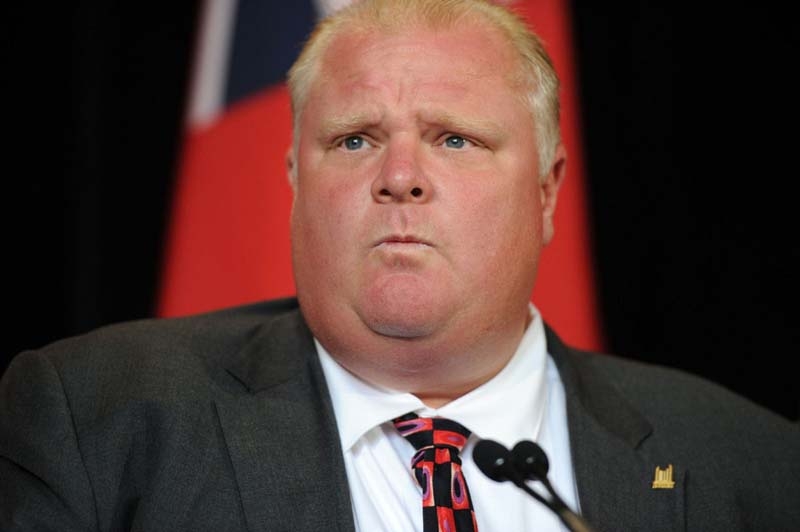
Who Is Marijuana Legalization Really For?
The Liberal government’s eagerness to follow through with campaign promises might just have launched Canadians into the messiest policy undertaking we’ve seen in years.
Since it’s introduction in the 2015 election campaign, the Liberal Party’s plan to legalize recreational marijuana (for those 18 and older) has largely been viewed by the Canadian population as risky at best. The date for this legalization has been set for July 2018, a date that has our police force stressing out — and for good reason.
Canadian law enforcement currently spends an average of over $3 billion a year on attempts to quell the ever-thriving criminal systems surrounding marijuana distribution. Meanwhile, the illegal market sees profits that are between $7-8 billion per year. The scale of this undertaking means that, often, the most the police force is able to do is punish low level dealers and users, while the larger bodies of organized crime remain intact and operational. This means that auxiliary participants in the trade are racking up criminal records, while the overarching systems that actually present safety threats stay in place. Clearly there is room for improvement.
What exactly is the plan?
The Liberal Party of Canada’s website states that our current system of marijuana prohibition is ineffective when it comes to prevention. Canadians, particularly young Canadians, are still using the drug, and are often gaining criminal records for trivial possession. This floods the criminal justice system without getting to the source of the drug's pervasiveness. The bill is meant to change three aspects of the current situation, by discouraging drug use by minors, starving the market for organized crime, and lessening the load for the Police force.
“To ensure that we keep marijuana out of the hands of children, and the profits out of the hands of criminals, we will legalize, regulate, and restrict access to marijuana.” So reads the message on their website. Legalization means removing consumption and incidental possession from the Criminal Code. Regulation includes the creation of a “federal/provincial/territorial” task force—which has already been set up— as well as a “new system of strict marijuana sales and distribution,” to be taxed appropriately. Restriction will include a harsher set of laws with punishments for those who provide marijuana to minors, drive under the influence, or sell outside of the government’s new regulatory framework.
 Is C-45 likely to fulfill its goals?
Is C-45 likely to fulfill its goals?
Bill C-45, which seeks to make these amendments was introduced to the House of Commons by the Liberals in June of this year. The legislation will remove any criminal penalties for children age 12-17 for possessing up to 5 grams of marijuana, and will allow for individuals to grow cannabis plants in their private homes. As Conservative MP Garnett Genuis argued in the House debate on June 7th, “making marijuana legal would obviously make it easier for children to access it.” He used the Netherlands as an example of how legalizing the drug simply lead to more usage, stating: “after marijuana use was legalized, consumption nearly tripled among 18 to 20-year-olds, and many municipalities in the Netherlands subsequently moved to ban so-called coffee houses completely.” With easier access to marijuana and no legal penalties, why are we to assume that minors who are already in the habit of smoking will be likely to stop?
As for C-45’s second pillar — quelling organized crime — the Liberal logic is once again well-intentioned but flawed. The idea is that creating a legal system for marijuana will make the architecture of existing criminal manufacturers and distributors redundant, which will cause it to dissipate. A good idea, except that it comes with no guarantee. As thorough as the Trudeau government might try to be, the fear remains that this new system might turn out to be just like the overly-strict parent that simply succeeds in raising a good liar. Can we feel confident that the existing drug trade—and those who participate in it— will comply or disappear rather than adapt?
At the end of the day if a 15 year old wants to get his hands on pot, he will. Once C-45 gets on its feet, instead of going through a dealer to get weed from a criminal organization, minors might be more likely to get the drug from an older sibling or friend who acquired it legally. What this legislation will most likely do, therefore, is create a new kind of middleman. Perhaps even though minors will be as likely as ever to encounter pot, parents may be assured that this way a larger proportion of the drugs out there will be government-sanctioned and safe.
An Overworked Police Force
Having stricter laws aimed at those involved in the criminal industry should, in theory, help law enforcement more effectively deal with marijuana manufacturers and distributors. However, over the next few years, we’re likely to see an industry in flux as the existing criminal groups adapt to the changing market landscape. If the government offers marijuana to a certain age group, from certain distribution sites, and at a certain price, the logical next-step for the criminal sector will be to offer it through more accessible platforms and at lower prices. What’s more, if harsher laws mean higher stakes for those involved, will this prevent, or rather, encourage the secrecy and violence surrounding illegal drug trades? If C-45 really wants to keep kids away from drugs and money away from criminals, then it will need to be implemented with extreme diligence. Unfortunately however, that doesn’t seem likely as of yet.
In September, Police Services asked the federal government to postpone the ambitious July 2018 legalization date. They’re asking for more time to train their officers, warning that there is no way they’ll be ready for the changes by next summer. Preparing law enforcement officers will include training more than double the amount of current officers certified to conduct roadside drug-impaired driving tests. The police are also among the loudest voices calling for more public education on both the drug itself and the new policy. They predict that if the summer deadline stays, there will be at least a six-month transition period in which an unprepared police force will fertilize the ground for organized crime to flourish. The bill’s aim is partly to lighten the load for law enforcers; but while they will no longer have to charge for simple possession, the number of grow-ops and neighbourhood complaints will drastically rise. So, if one of C-45’s main intentions is to lighten the load on law enforcement, then rushing the police into a sloppy transition is unlikely to yield the desired results.
The Government of Ontario announced its intention to open up to 150 marijuana stores across the province as well as an online depot. These stores will be managed by the Liquor Control Board of Ontario. Considering the current pervasiveness of illegal pot, 150 stores across Canada’s most populated province might not be enough to overshadow the existing channels of manufacturing and distribution, especially with an overworked police force tasked with regulating the transition.
Why are we sticking to the plan?
If the name of the game is “to ensure that we keep marijuana out of the hands of children, and the profits out of the hands of criminals” why have the Liberal Party set up a system that is very likely to fail?
During the 2015 election campaign, Trudeau stated at a B.C. press conference that legalization would happen within “a year or two” of Liberals taking office. By this account, the ambitious July 2018 legalization date is actually late. If the promise is already late, why not wait longer to make sure it’s done right, instead of rushing for the sake of appearance? The warnings coming from law enforcement asking for a postponement simply make sense. If the priority is to create a safer, legal, and less costly system, then allowing the police to properly prepare themselves should be top priority. As it is, the plan is a demonstration from a government looking for validation — proving its ability to follow-through on promises at the expense of practical goals.
Bill C-45 has noble objectives. But if Canada wants to be a leader in marijuana management, then successful implementation will be key. Listening to the needs of the country’s law enforcement team would be a good place to start.










